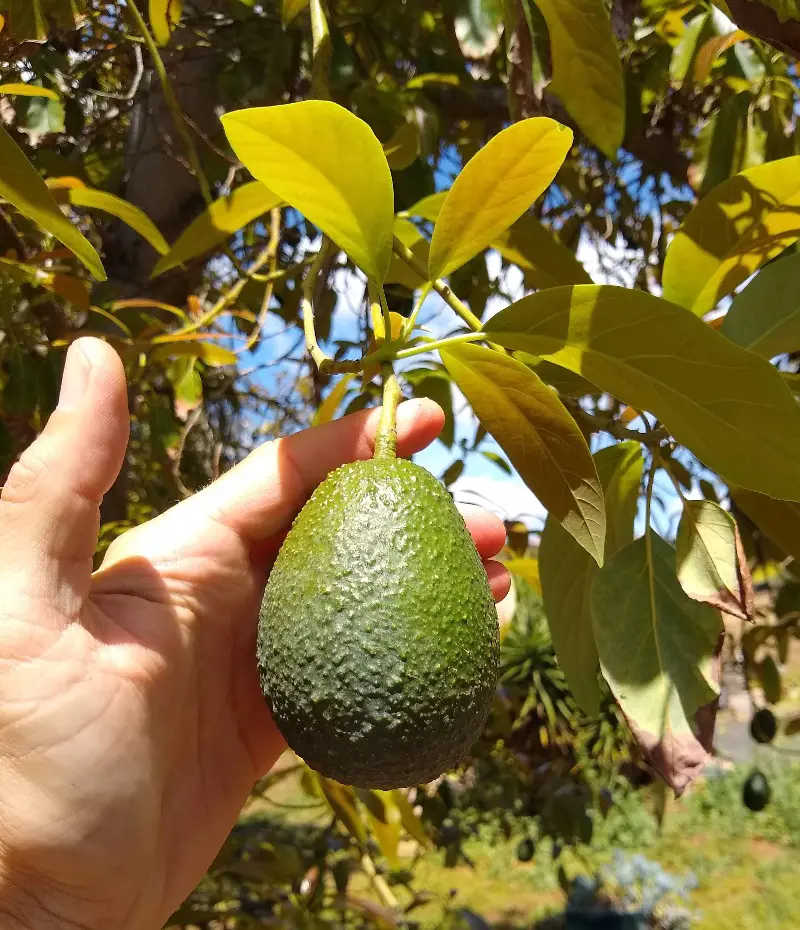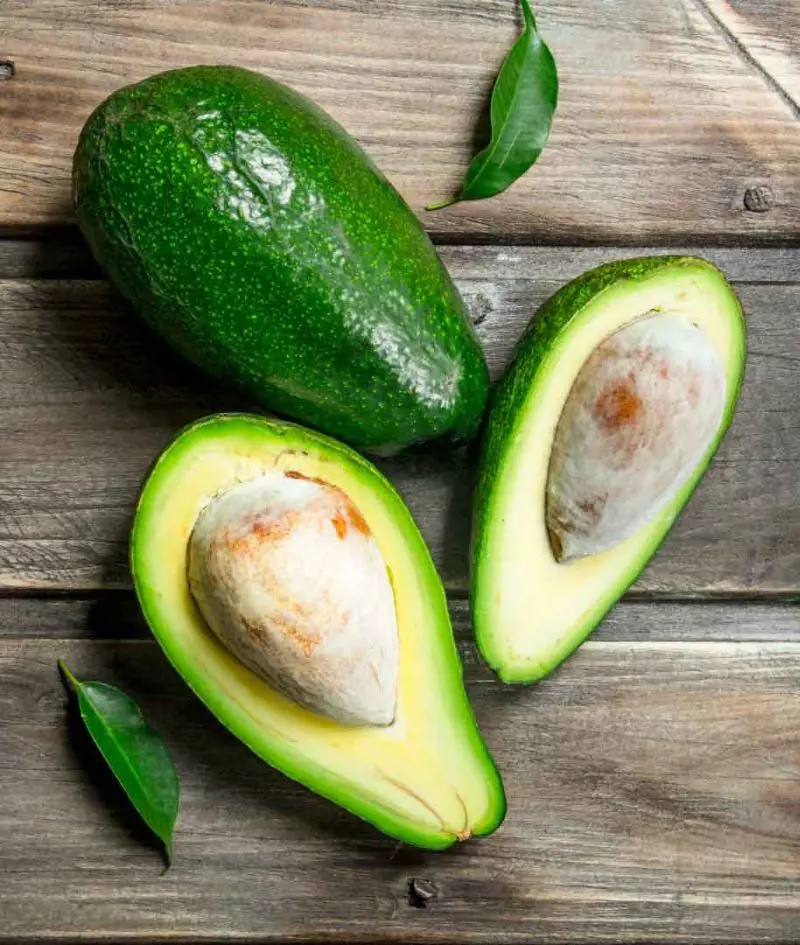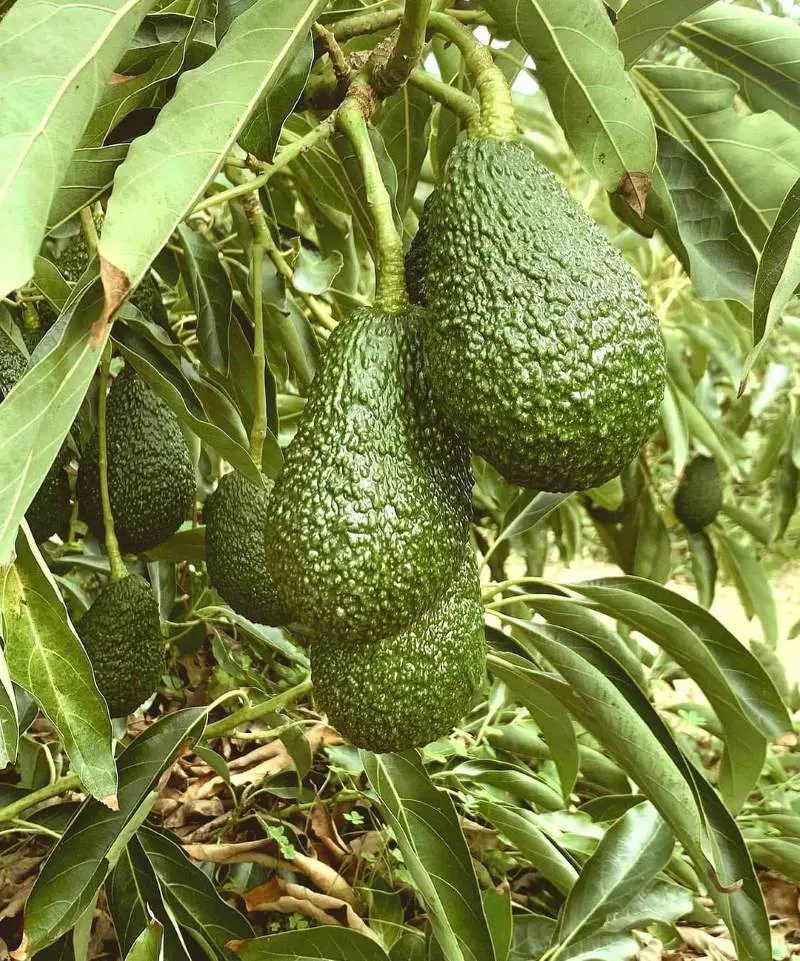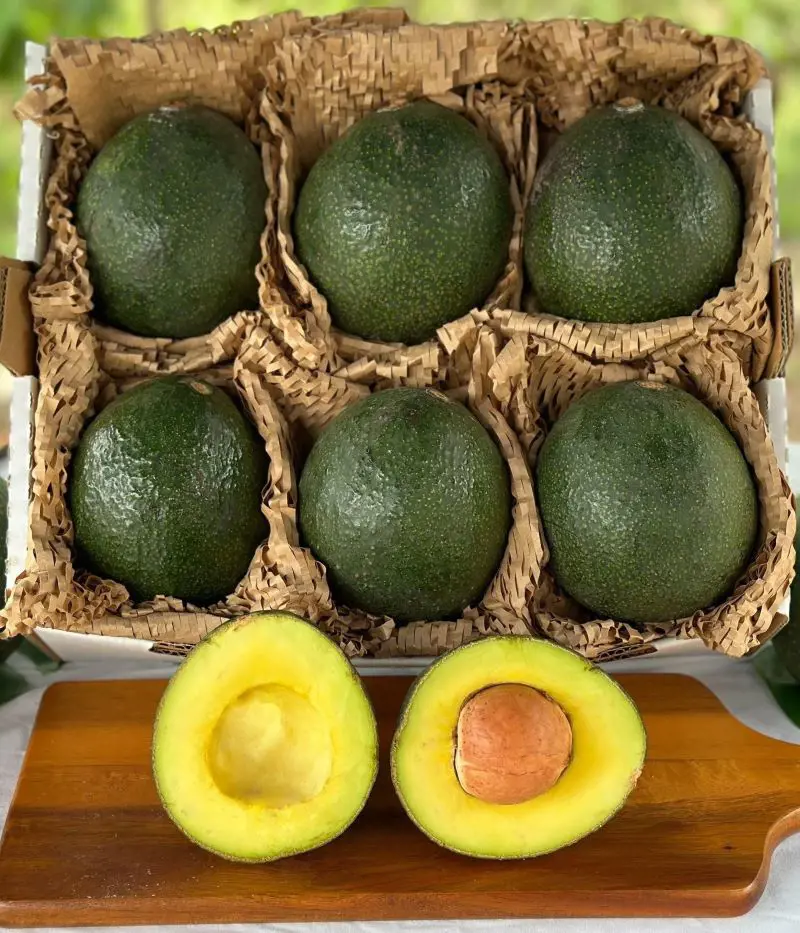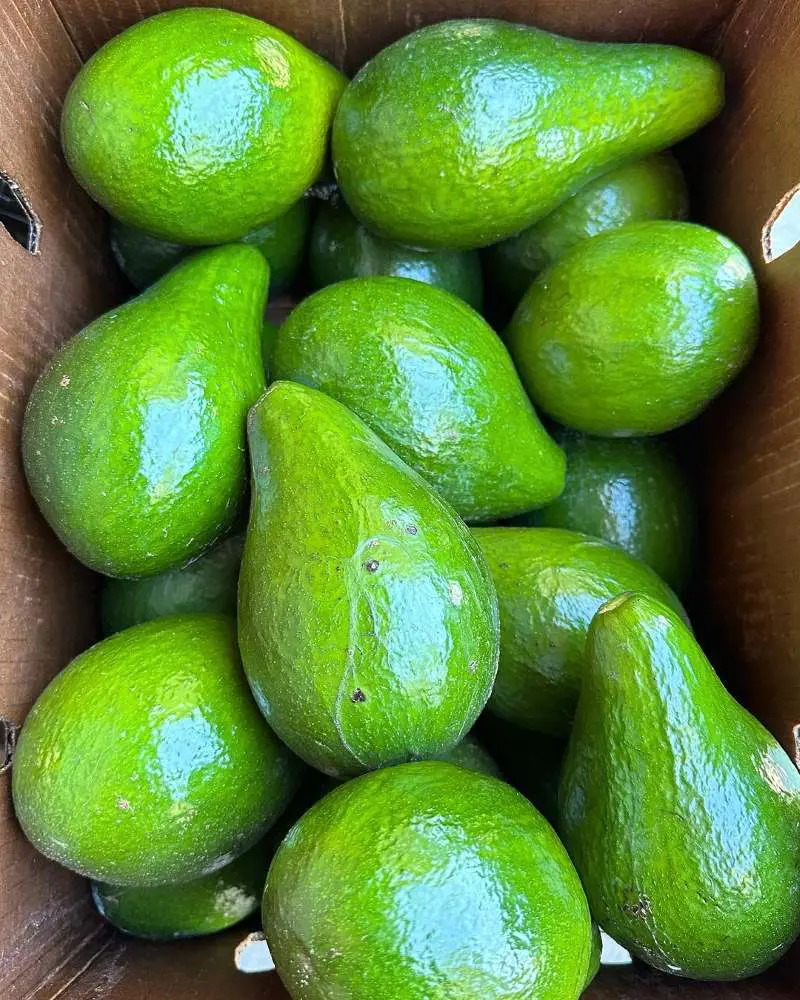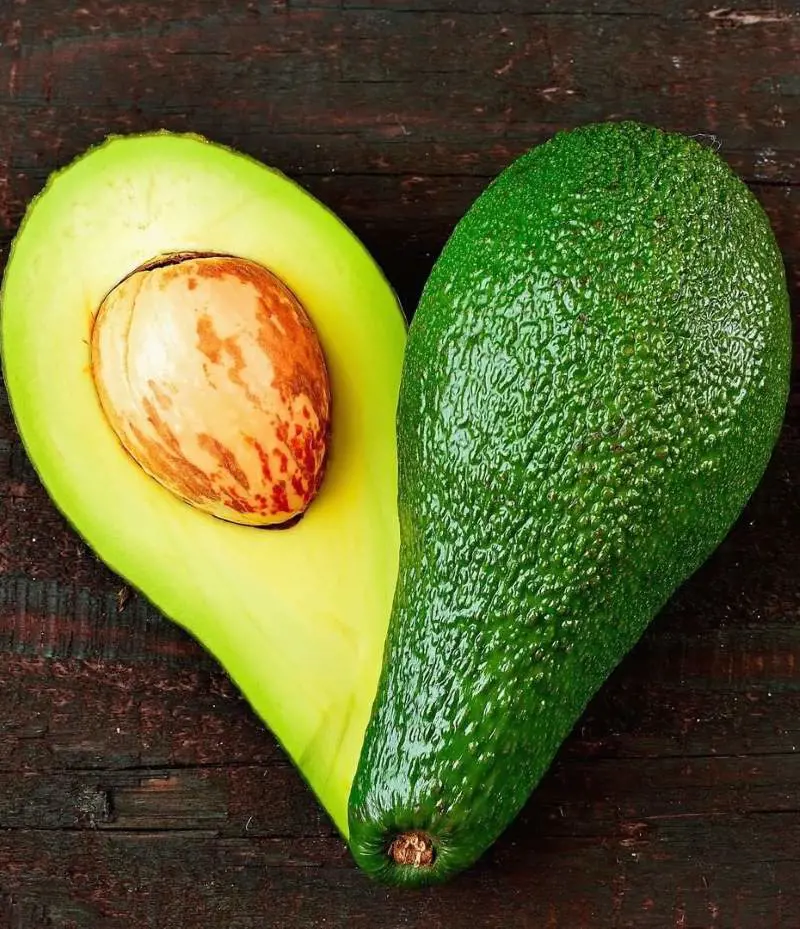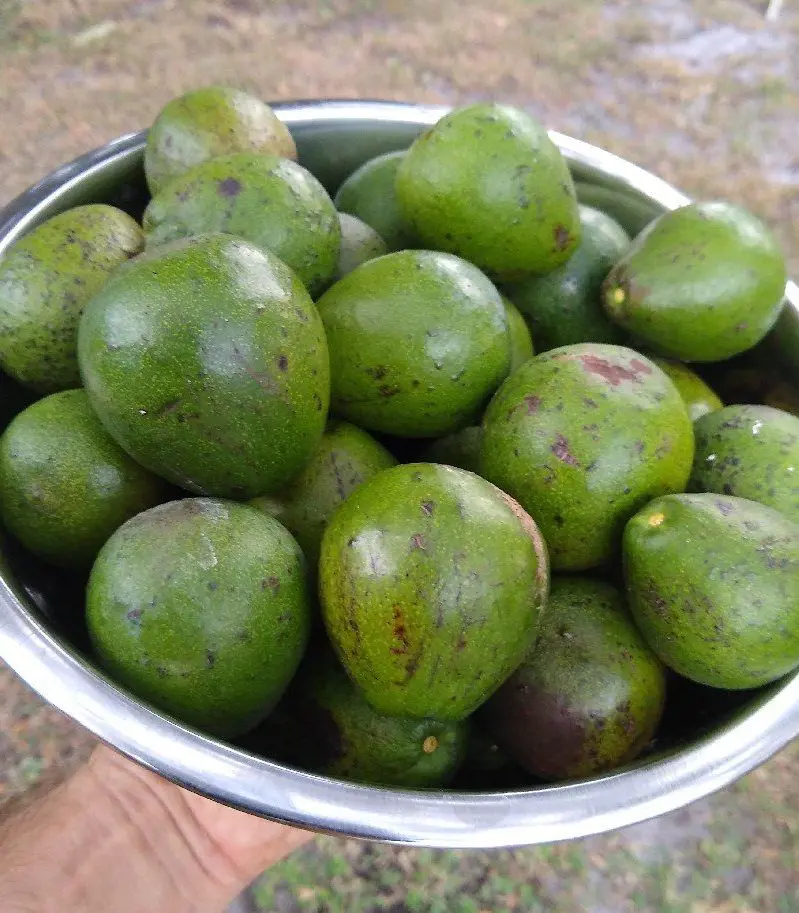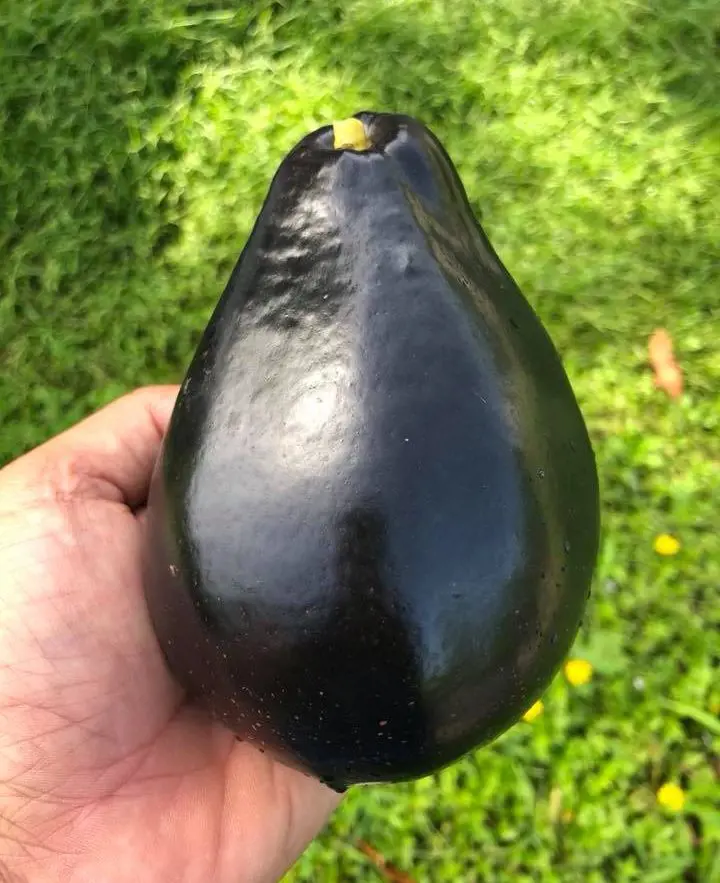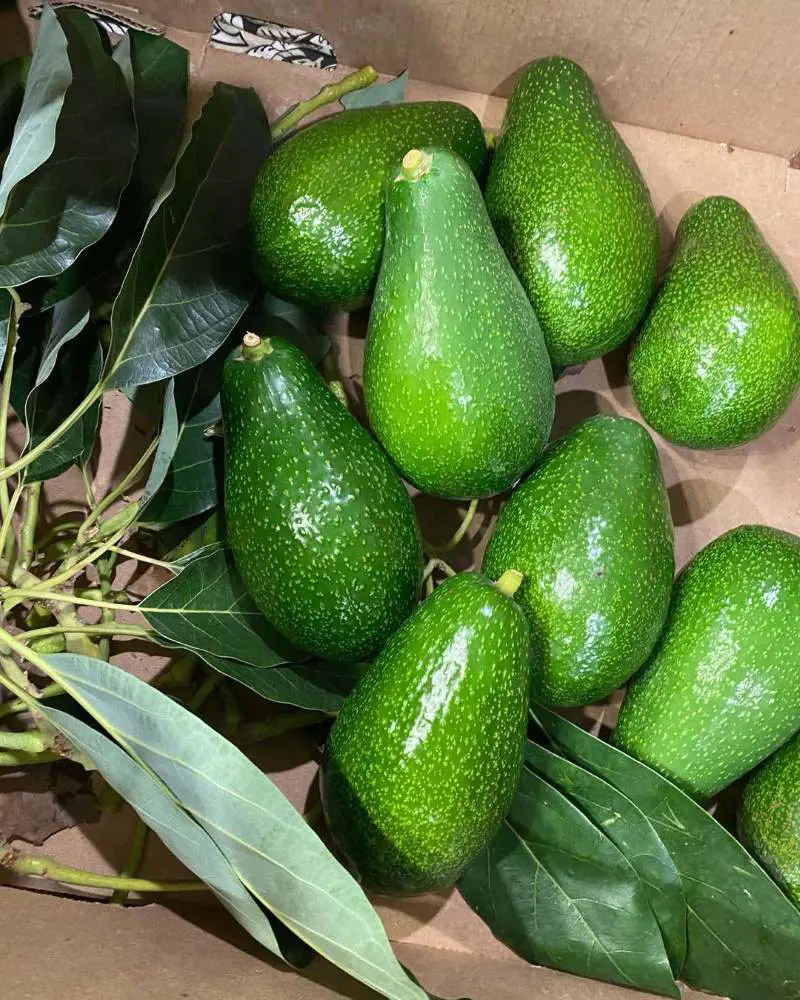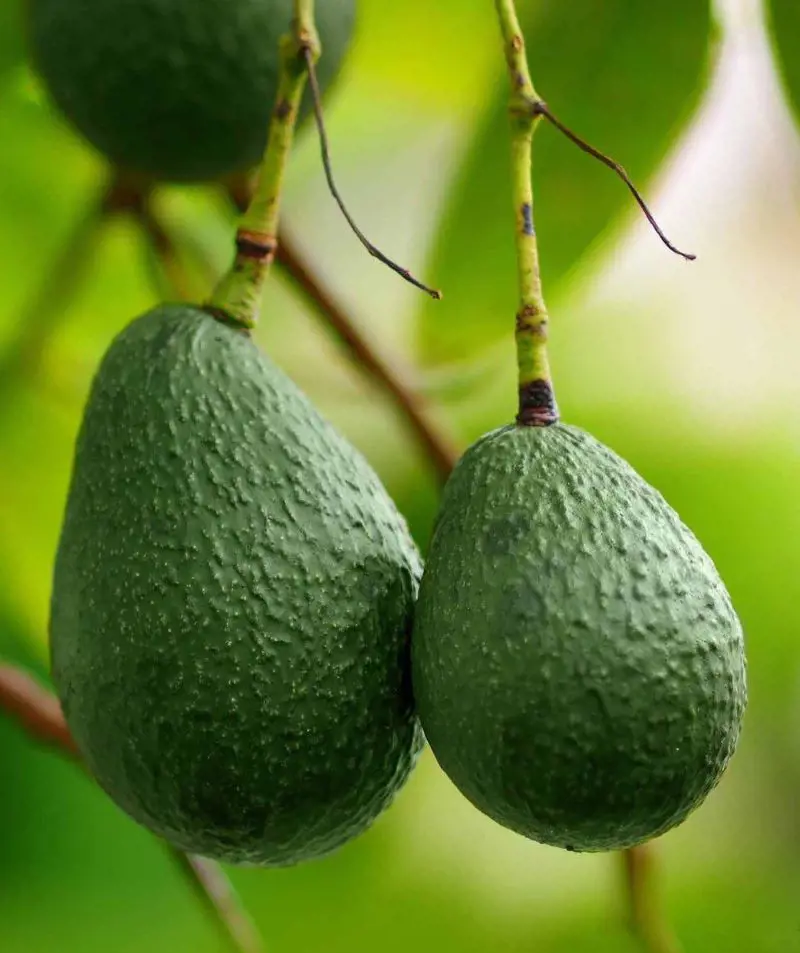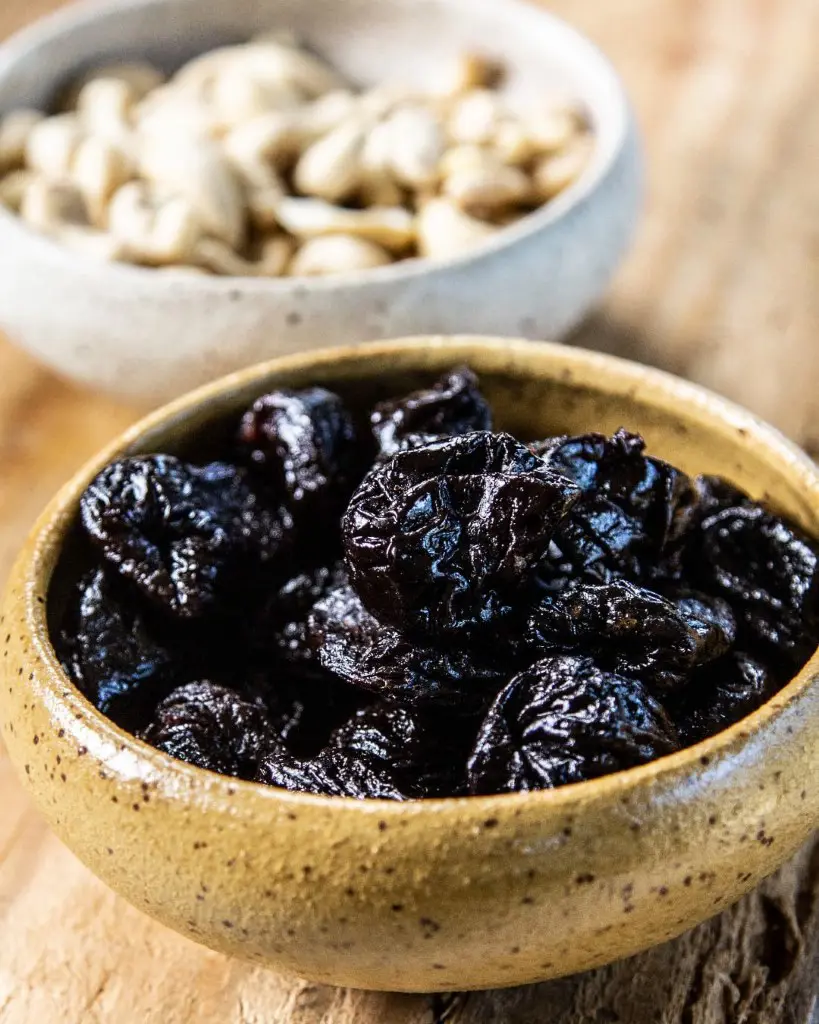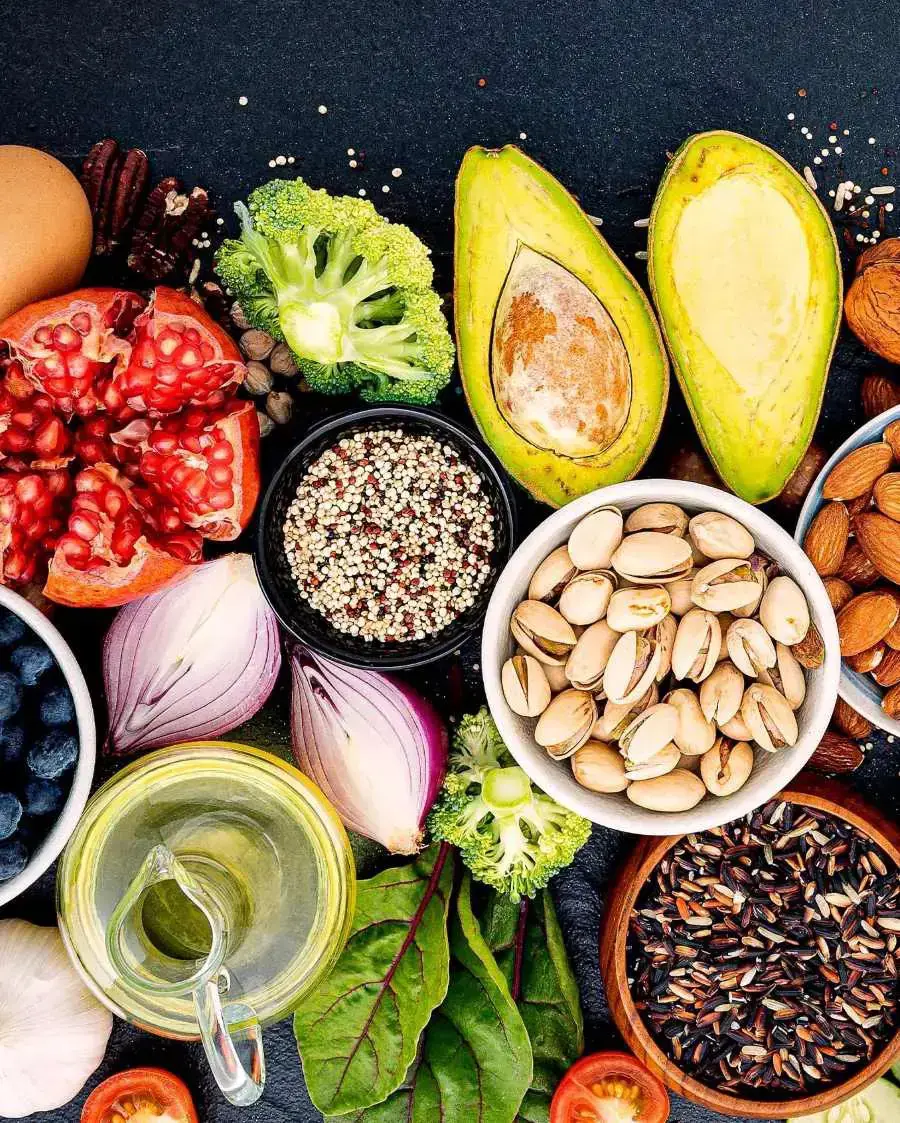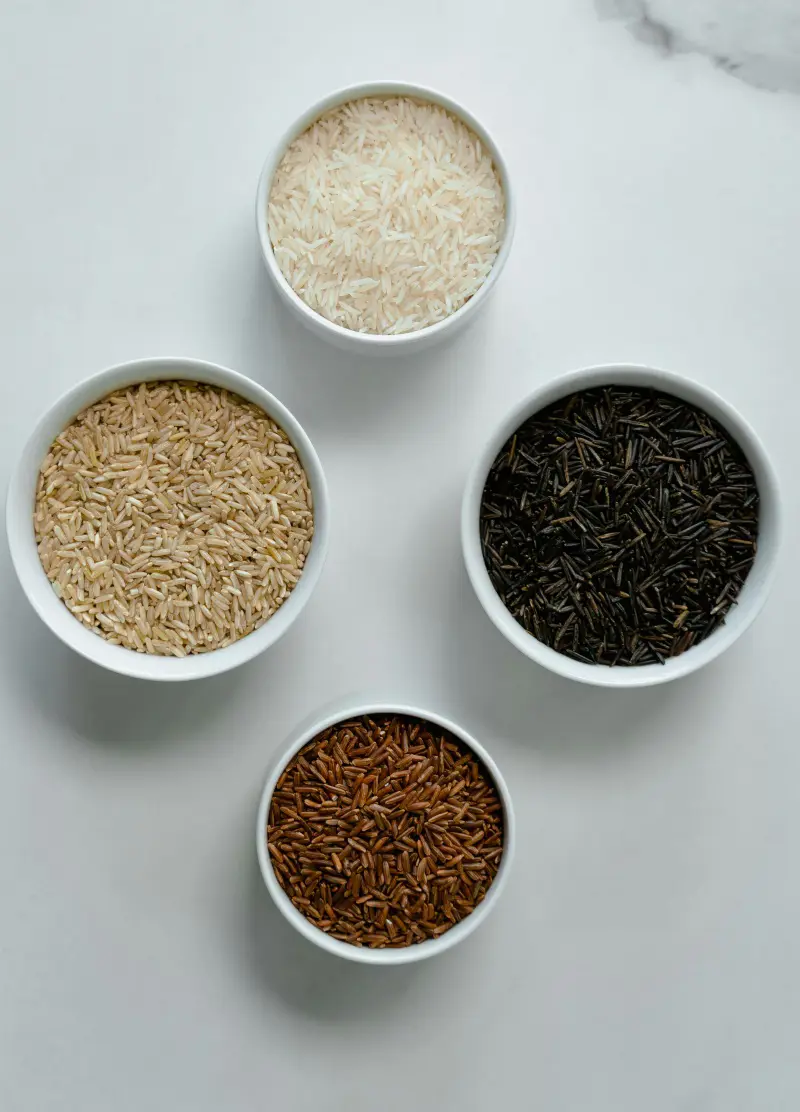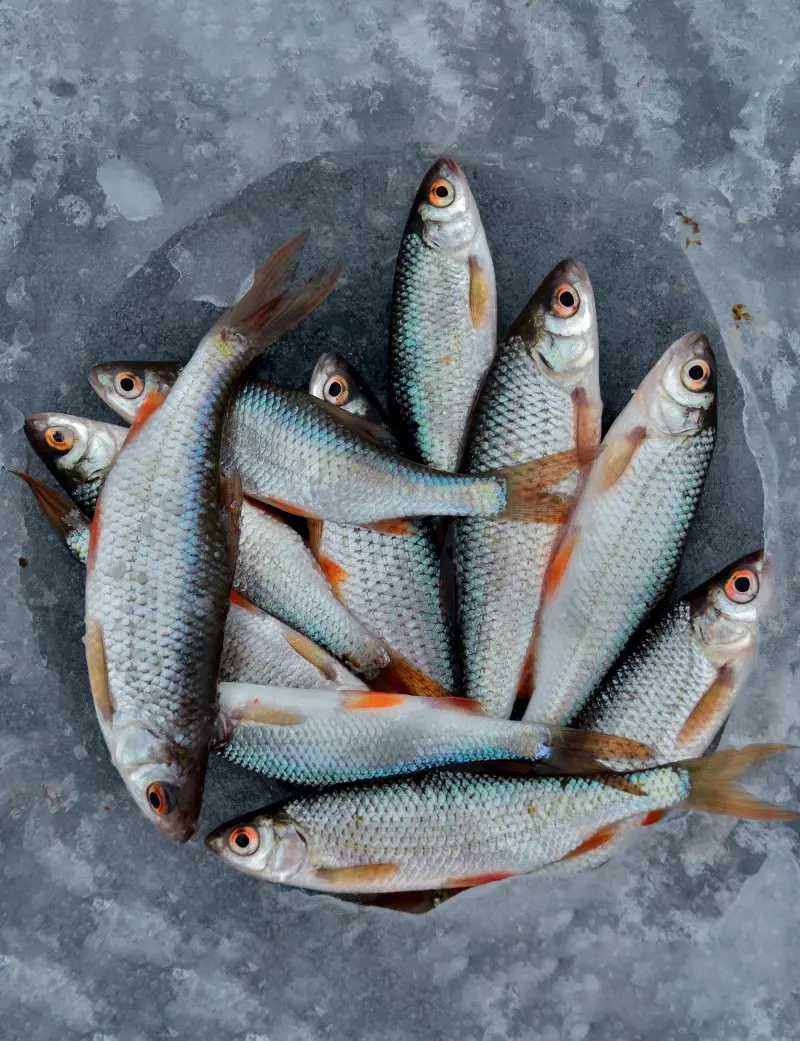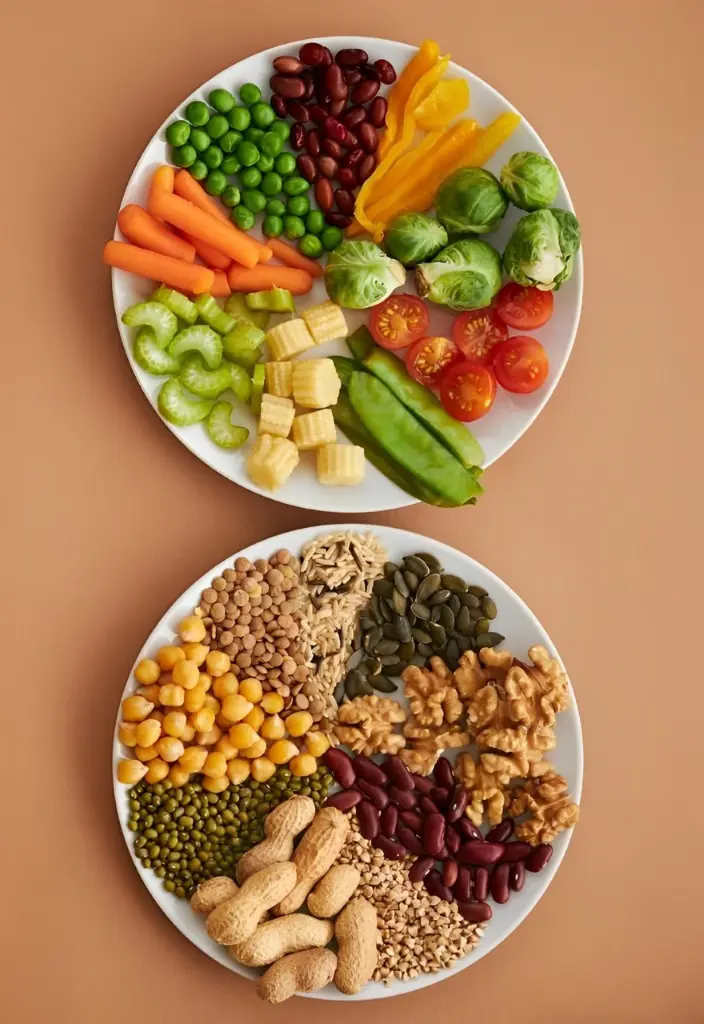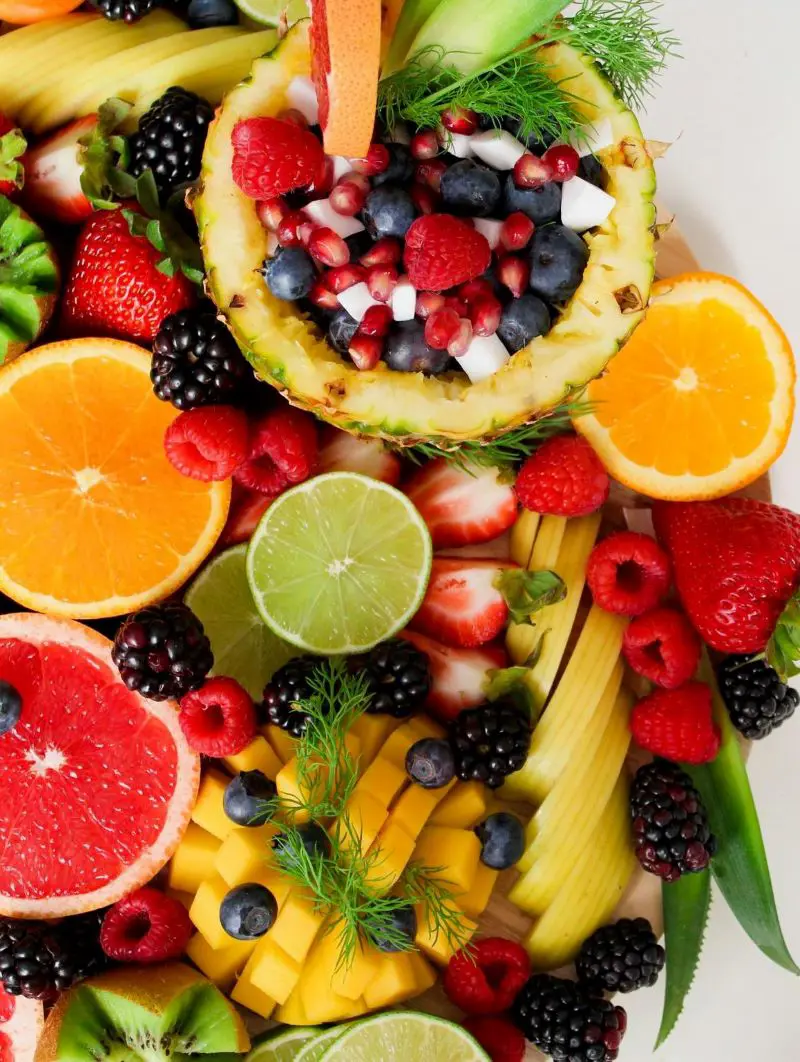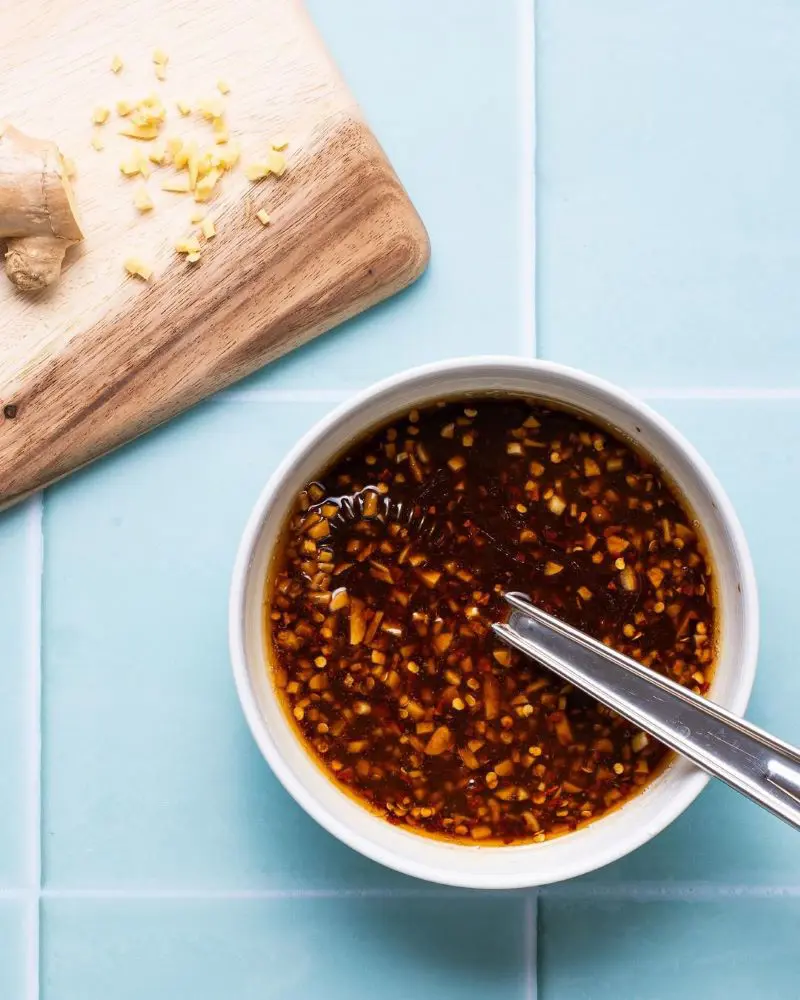1. Hass
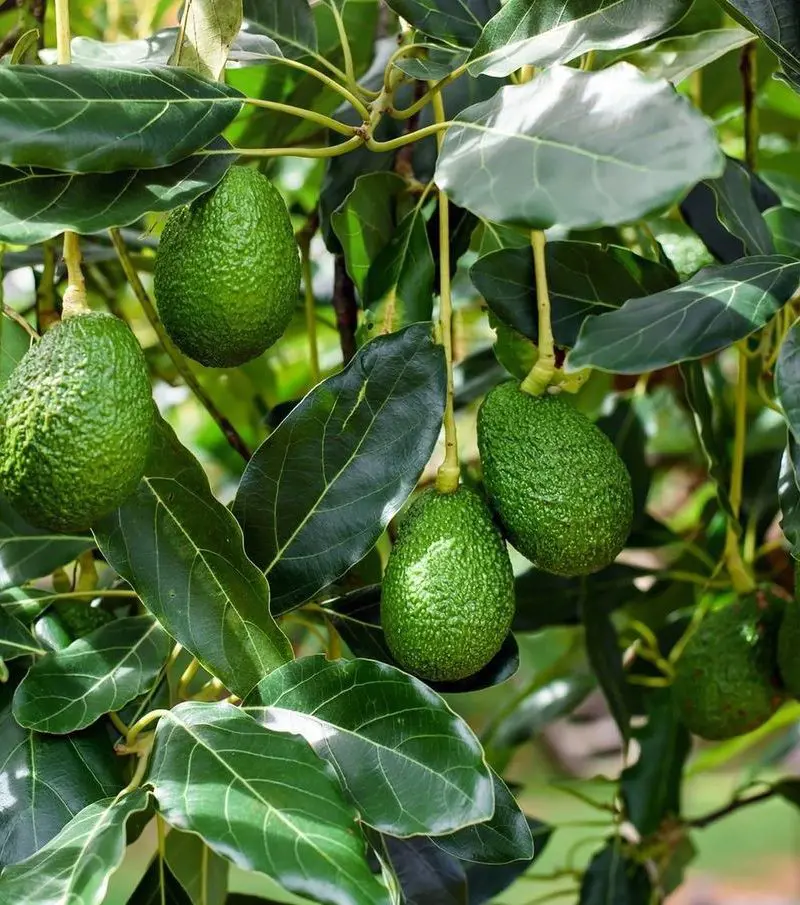
- Flower/Pollination: A-type
- Bloom Time: February to May
- Ripening: April through September
The Hass avocado is a large fruit that weighs 200 to 300 grams (8 to 10 ounces). With a buttery and nutty flavor, it has a spherical shape. Its vibrant green skin turns into a dark purplish-black as it matures. When ready to be enjoyed, the inner fruit's central portion becomes white-green.
It is the most commercially popular avocado globally due to its taste, size, long shelf life, high yield, and, in some regions, year-round availability. In the United States, it makes up over 80% of the avocado crop, 95% of California's crop, and is the most commonly grown avocado in New Zealand.

